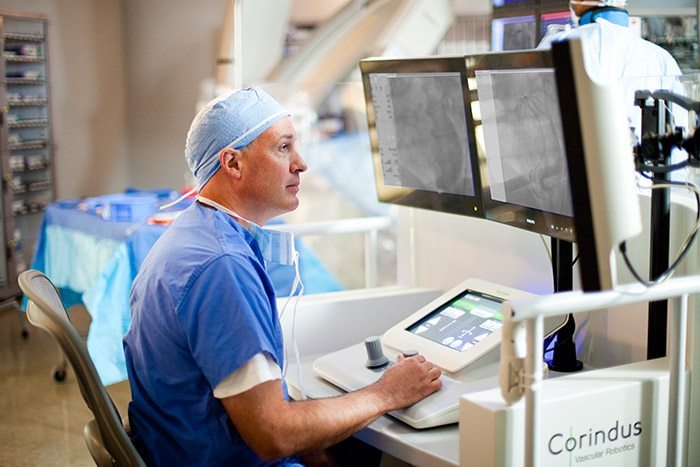Radiation Safety (Still) Matters
In February, ACVP blog reported on a survey that showed non-physician Cath Lab employees, ACVP members, reporting higher levels of musculoskeletal pain due to radiation exposure and lead apron use.
In April, SCAI released a membership survey with almost 50 percent of responders reporting orthopedic injuries, and there has been "no discernible improvement" since a similar survey was collected in 2004.
There's more bad news. A new study published this week links radiation in the Cath Lab to subclinical atherosclerosis. That's right, working in the Cath Lab can cause cardiovascular disease.
The study calculated a radiological risk score based on proximity to radiation source, caseload, and the length of employment, and there was a significant correlation between this measure and carotid intima-media thickness on the left side, not on the right, which provides "further support for a causal connection."
What's being done?
Continue reading Working in the Cath Lab Causes Heart Disease
